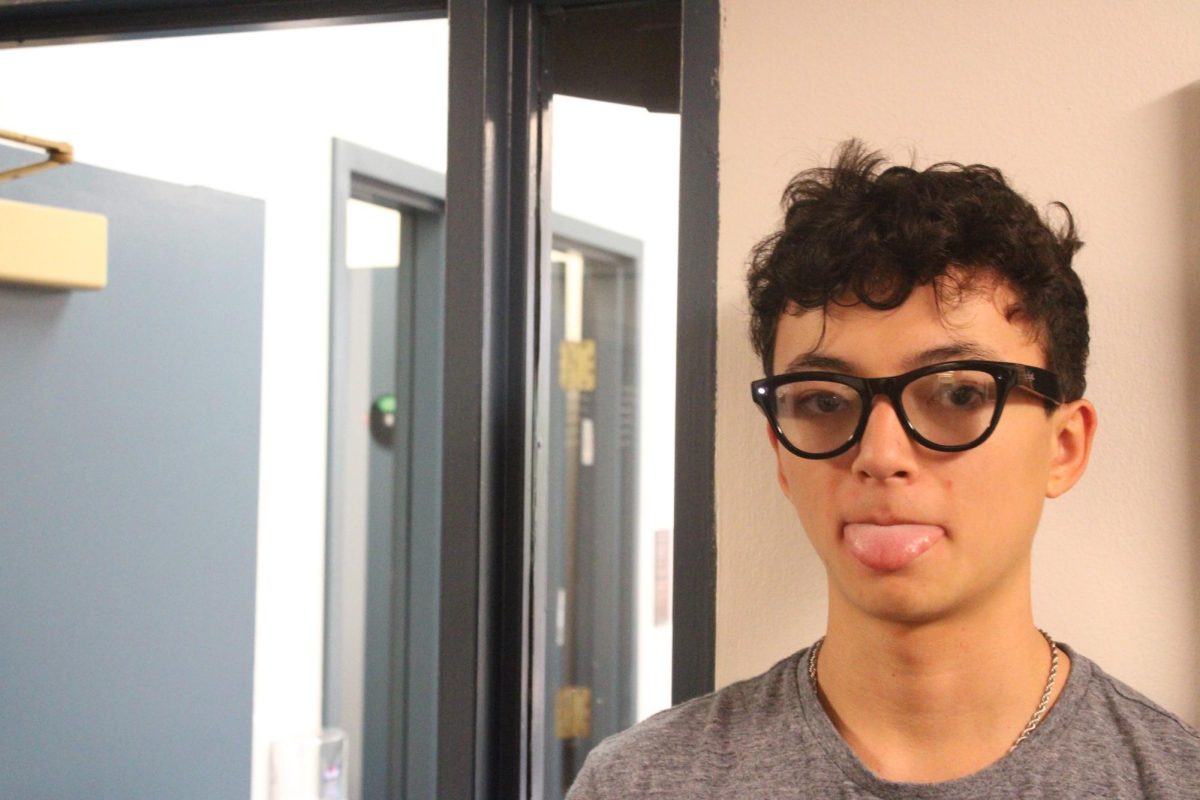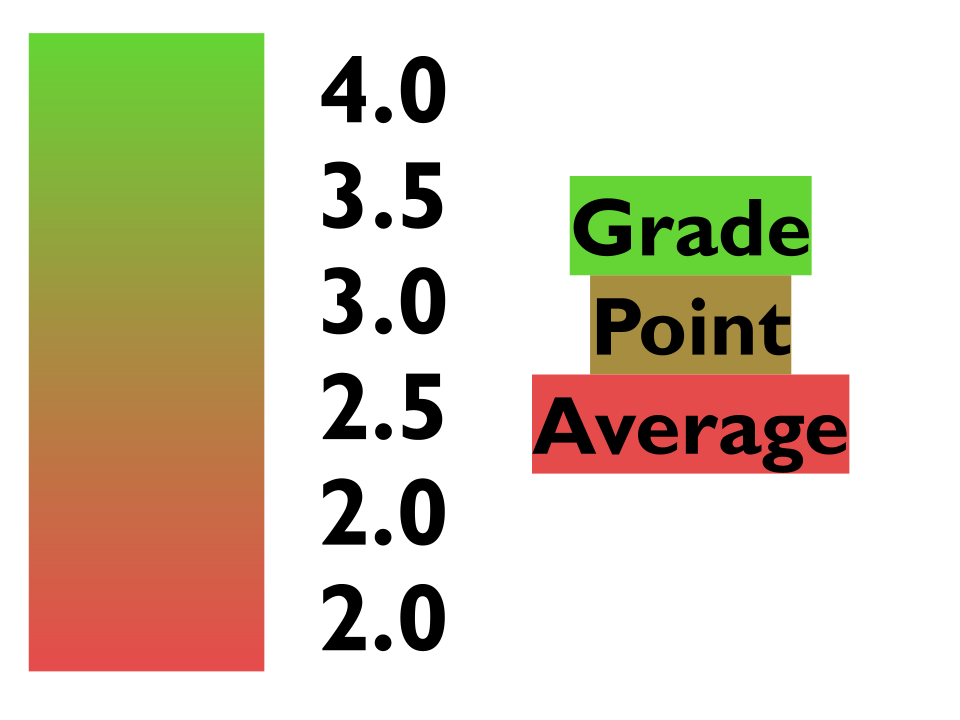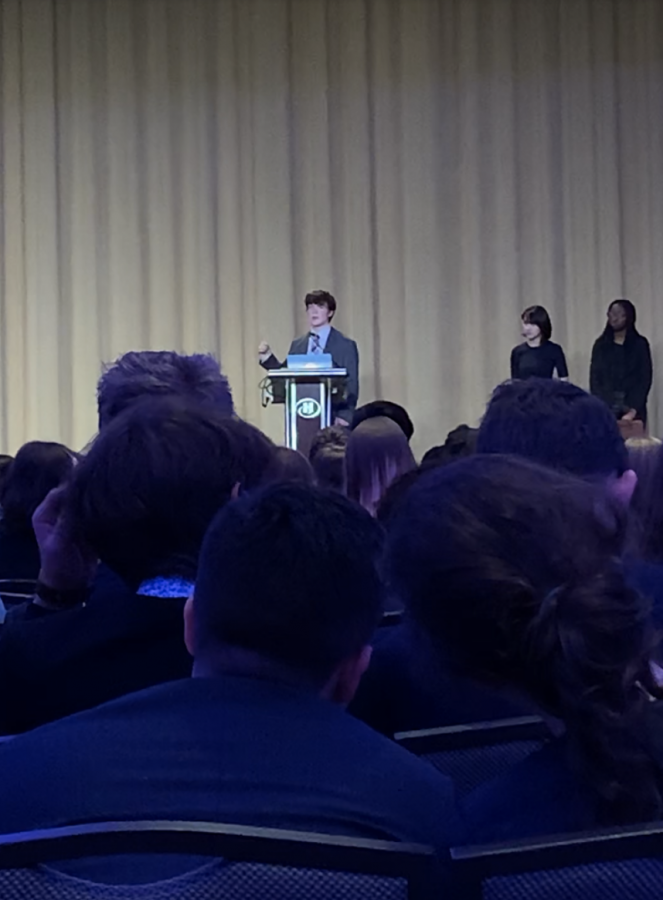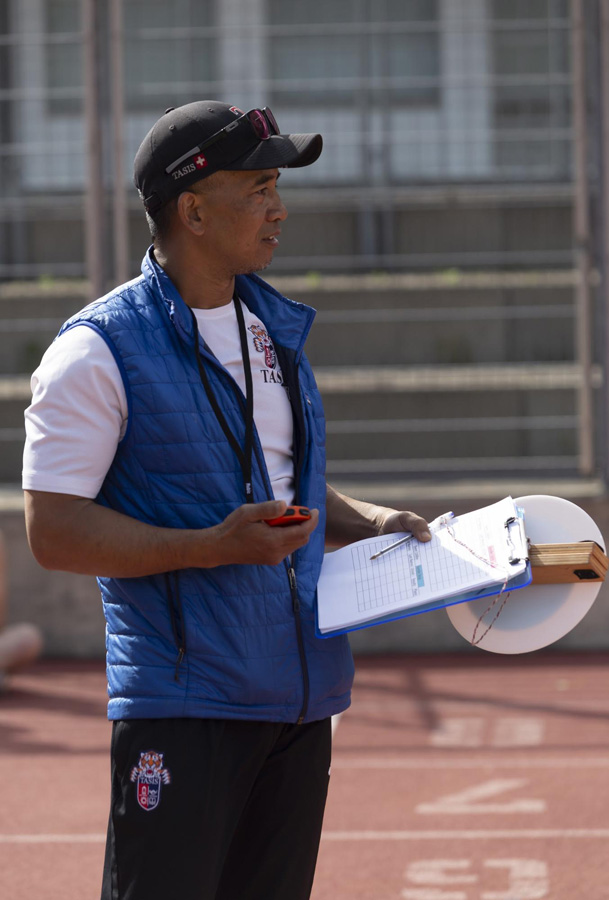Alice Bolandhemat Is there space at Latin for a white identity group? Once every eight days, affinity groups have their own designated block to meet. While some students use the extra time to finish their homework, others use it to meet with kids at Latin with whom they can identify. This year, for the first time, a White Identity Group has been started. Affinity groups provide a safe environment for students to discuss issues or just chat about their experiences at Latin. The controversy over the White Identity group is that it defeats the purpose of affinity groups because Latin is a predominately white school. The other side of the argument is that if Caucasian students need a place to go during the block, rather than using it as free time, they can meet with other students to discuss relevant topics. However, joining the group, or any affinity group, is completely optional. To further understand the purpose of the group, I interviewed the faculty heads of both the White Identity group and the Black Student union. The head of the white identity group, Ms. Lorber Crittenden, gave me a much deeper understanding of the group’s purpose. “In doing work around race and racial justice in particular, I think that often, white folks are taught that they don’t have a racial identity or that they do, but it doesn’t really mean anything,” she explained. “I think that that is where we cause the most harm.” Since Latin is a predominately white school, “A lot of spaces end up being white spaces, but not intentionally so…The purpose of having an affinity space for a white identity is to walk into a space intentionally with the assumption that having a white racial identity means something. In order to work for racial equity, we must first understand that that it does not only mean helping those who are not white. We cannot understand how to work for racial justice if we can’t understand what being white means. The group aims to be able to thoughtfully engage with other white folks and people of color around conversations about race,” she continued. In an interview with Ms. Maajid, the advocate for students of color, we discussed the possibility of students being offended by the identity group. She said, “Given the premise that it’s under, being about how white people can support people of color in that way, I don’t see a problem with it. But people need to understand it better.” Regardless of your race, gender, or identification, it is necessary for “everybody to have an opportunity to meet if they want to. If they decide not to, it is voluntary.” The new White Identity Group provides students at Latin with another outlet in which to share their experiences and vocalize their concerns. Through providing the community with more opportunities to realize their own unique identities, Latin is able to promote an environment of respect and understanding. ]]>
Categories:
Is There Space for a White Identity Group?
October 16, 2016
0
More to Discover






















































